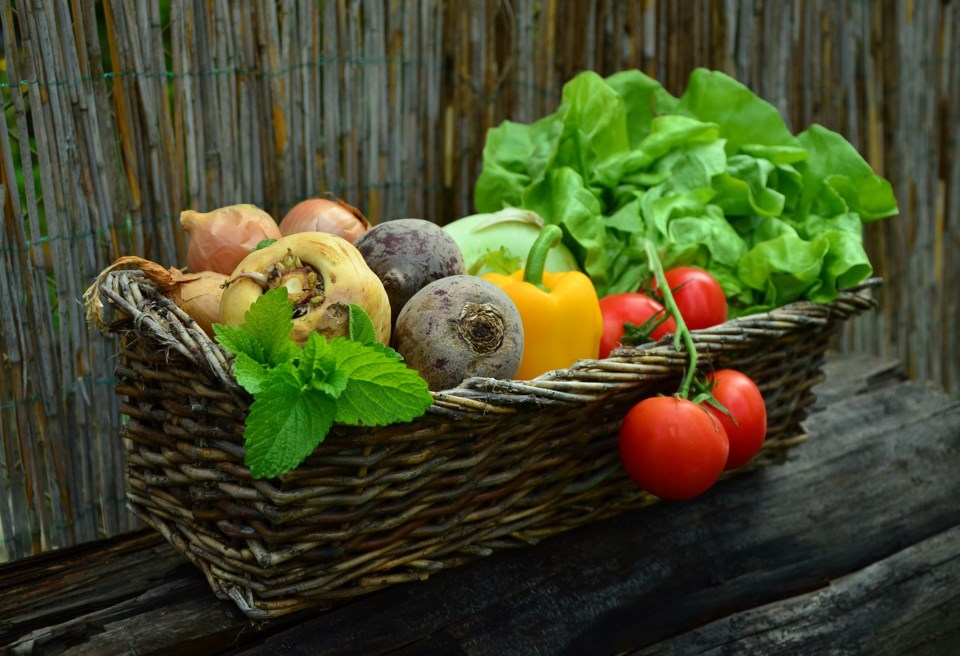At my first Bowen Remembrance Day commemoration, I was amazed by the crowd filling the street, spilling over onto the sidewalks and grass. It was clear from the speeches that Bowen residents were taking the time not to glorify the wars but to recognize the consequences of wars and the sacrifices they demand.
The First and Second World Wars forced changes and sacrifices at home as well as abroad. As the economies of all combatant nations focused on the war effort, every household felt the impact. One of these impacts was on food. Food needed to be shipped to soldiers and, in the Second World War, to allied countries. Slogans such as, “Serve apples daily and you serve your country too,” urged Canadians to focus their diet on “patriotic” foods not needed for shipping overseas.
Because vast quantities of food needed to be exported, some foods were not as available at home. Across the country, Canadians gardened to add to their home supply and support the war effort. In the First World War, under the Ministry of Agriculture’s campaign, “A Vegetable Garden for Every Home,” residents of cities, towns and villages used backyards to grow vegetables in what became known as “Victory Gardens.”
During the Second World War, many Canadians saw the value of a home garden, but the Federal Ministry of Agriculture did not. A 1942 government pamphlet actively discouraged novice gardeners from wasting seeds and “garden tools, fertilizers and sprays, which are made from materials needed by Canada’s war industries.”
But Canadians were experiencing shortages of basic foods like potatoes, carrots and onions. Many citizens ignored the government and turned their yards into gardens. Organizations like the Victory Gardens Brigade in Victoria wrote letters to the federal government pointing out the value of home food production. Finally, in early 1943, the government realized there would be more food available to ship overseas if Canadians were eating from their gardens.
In an about-face, the government said, “every bit of land that is suitable should be put into a garden.” Canadians who hadn’t done so already began to turn soil and plant seeds with enthusiasm. Everywhere backyards became gardens, many with chickens. By the end of 1943, the Greater Vancouver area had an estimated 52,000 gardens. Bowen, population about 200, with orchards, and small vegetable, dairy and poultry farming, was no exception.
During the World Wars, Canadians, with and without government support, rose to the demands of critical food shortages and the need to ship food overseas. There were Victory Garden competitions and newspapers ran articles and columns on gardening, preserving food, and creative recipes that adapted to what foods were and weren’t available.
Today, even though our store shelves are loaded with a never-before-seen diversity of food, many people want the benefits of eating food grown locally without chemicals or the need for long-distance transportation. Home vegetable patches are experiencing a revival. Many people are gardening for the first time, learning new skills, enjoying the taste of food from just a few steps away and appreciating the added self-reliance offered by growing some of their own vegetables and herbs. This harks back to the war efforts: “For many proponents of Victory Gardening, the movement of amateurs into the field of gardening was one of the campaign’s benefits: it was teaching Canadians a new set of domestic skills which, in the process, increased their self-sufficiency.”
Our future food crises are likely to be caused by climate change rather than war. But it’s reassuring to know that Canadians are up to the challenges.



